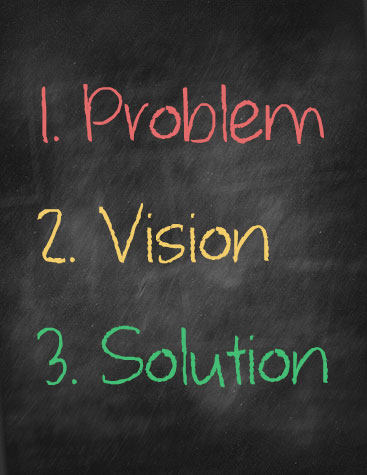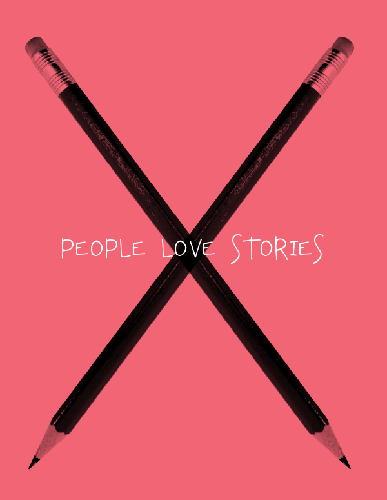
It’s no fun to write a blog post only to have low engagement once you hit Publish. You’ve spent time researching a topic, written down the words in the most creative way you know how, spell-checked, and even had a friend proofread the article. All of this, and the post doesn’t take off the way you thought it would.
What is it about blog posts that go viral and are shared widely across the social web? What makes someone click on a headline? What makes someone read to the end of an article instead of hitting their browser’s back button after a few seconds?
- It’s not usually the length of the post.
- It’s not usually the graphics.
- It’s not usually the quality of writing.
- It’s a proven formula.
That’s right, at the end of the day, posts that are shared the most via social networks share a common formula.
The Formula
The purpose of a headline is to make someone decide to read the article. The purpose of the first sentence of your post is to get someone to read the rest of that paragraph. The purpose of the first paragraph is to get someone to read the rest of that section.
Do you see where I’m going with this? The purpose of every line you write is to engage the audience in a way that makes them want to read the next line. (Tweet This)
Engaging content hooks people in at every step of the way. This starts with a compelling headline. If people don’t click on the headline to read more, they won’t even see how great the article is. One of the best blogging tips that I’ve heard recently is to write down 10–50 headline variations of your post before choosing the best one to publish. Usually, you’ll find that your initial headline isn’t the best of the bunch and that a little brainstorming uncovered a title that would pique more interest.
Note: You still need to deliver on what your headline says, however, or else you lose credibility to your audience.
When it comes to the body copy of the post, you need to use the first few sentences to hook the reader into continuing deeper into the article. The easiest way to do this is by ordering your content like so:
- Define a problem or pain point
- Paint a vision of the solution
- Explain how to reach that solution
Typically the first two parts are pretty short, perhaps a paragraph or two each. If the problem that you are discussing is something that resonates with the audience, then they’ll likely be hooked on reading what you have to say about the matter.

Still, reading? Excellent…the format is at work in this very article.
I began the post by painting a picture of how it is “no fun to write a blog post only to have low engagement once you click publish.” I painted a problem. A valid problem. A problem that I’ve had, and I know other writers have experienced it as well.
Next, I painted the picture of a solution. I mentioned, “blog posts that take off and are shared around the web.” It’s a picture of what we dream of happening every time we push a new article. It is a mental picture that excites us and gears our minds to want to learn how to do that consistently.
The final part of the formula, explaining a solution, is what you are reading right now. The actual steps needed to bridge the gap from the problem to the solution. It is the meat of the article and aims to fulfill the headline’s promise.
Bonus: Go Viral
One of my recent blog posts written in this style (How to Become a Faster Reader) was so popular that it gathered over 1,500 social shares in one week. Did I reveal anything new about speed reading in that article? Not really, it was a summary of items I learned from a book that I just read, but the format of the post was engaging enough that people read through it and wanted to share it.
I painted a problem, visualized a solution, and gave actionable steps toward reaching that solution.
After noticing this pattern emerging time and time again in the web’s most shared articles, I’ve realized it isn’t a coincidence. This formula simply works for drawing people in and encouraging shares.
The Power of Story

Of course, if every one of your blog posts started with “It’s no fun to…”, things would get a little dull and repetitive. The great part about this format is that you can dress it up with personal anecdotes (which people love to connect to). Instead of describing a problem flat-out, describe an actual event that demonstrates the problem. People love stories, and leading off your post with one is a great way to draw your audience in to continue reading.
Conclusion
Remember, the purpose of each line of your content is to get them to dive deeper into what you are sharing, and a great way to hook them into reading (and sharing) your post is to define a problem, paint a solution, and explain the methods to getting to that solution.